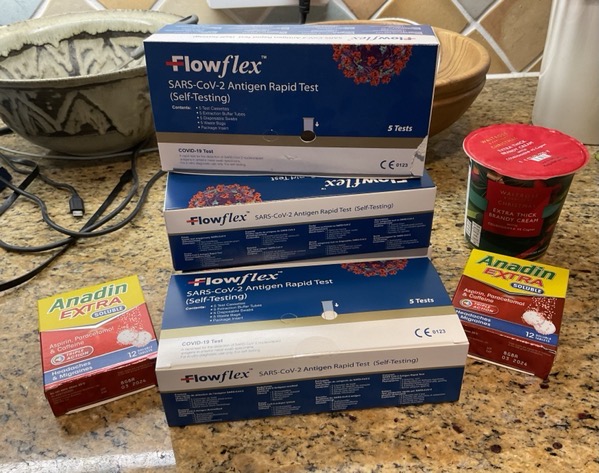Many, many years ago, I asked a friend of mine at Microsoft what he was working on, if he was able to tell me. I’ve always remembered his response. “I’m part of my company’s obsessive need to always try and play catch-up with Google.”
Well, the FT reported today that Google will soon be launching ‘Bard’, their competitor to ChatGPT, and no doubt many column inches will be written about their relative merits in the next few months. Microsoft has invested heavily in ChatGPT and is planning to incorporate its output into the Bing search engine. Perhaps, for once, they may have done a bit of leapfrogging?
I doubt they’ll hold any advantage for very long: Google have a lot of very smart and very expensive researchers at DeepMind to draw upon, not to mention elsewhere in the company. But there’s clearly a race on: if people really do want to get responses to their search queries in paragraph format, or even in essay format, then the novelty value might persuade large numbers who have never even tried Bing to give it a go, and perhaps stick with it. That could make a significant difference. (It may also spell the death knell for smaller search operations like DuckDuckGo who don’t have access to the same scale of resources.)
If such technologies do indeed become a key part of search results, then two questions immediately come to mind for me.
The first is the general question of attribution. Google search is currently a way of finding out not so much what Google says, but what other people say… as prioritised by Google. But you get back a series of citations of other websites, so you know where the answers come from. Even when people ask Google questions of opinion such as “Is the new Doctor Who any good?” — as, to my astonishment, they apparently do rather a lot! — the snippets that they get back are clearly attributed.
What, however, will happen when they ask such questions and get back a paragraph of human-sounding text that has been completely artificially generated? How will they be able to judge its trustworthiness?
I suppose one could make an argument that a bot which is gathering knowledge from the whole web may be better able to assess the wisdom of the crowd than one that returns just a subset of others’ individual opinions. But it may be very hard to understand the origins of any responses given. And I suspect people will start asking it more important questions. “My husband has done X, Y and Z. Should I divorce him?”
Perhaps each response will come with extensive footnotes and a bibliography. That would make academics a bit happier, at least!
The second thought that occurred to me is related, and it made me think of my first ever trip to California back in the early 90s.
My hosts kindly took me to see a college football game at the Stanford Cardinals’ Stadium. For those unfamilar with the scale of American college sports, I should perhaps mention that the old stadium had a seating capacity substantially larger than the current one, which only seats 50,000. I remember getting very sunburned knees from sitting on the bleachers in the Californian sunshine. Anyway, as the one and only large football-y event I’ve ever attended on either side of the Atlantic, it was an enjoyable and educational experience, followed by a barbecue afterwards on the campus.
It was also, though, a memorable introduction to the way commercialism was woven into everyday life in America. The announcer, narrating the game, would say things like “That was an amazing play from Weinberger, and Stanford fans will also want to know about the amazing deals available at Smith’s Lincoln dealership in Menlo Park.” It was seamless, the same tone of voice, even part of the same sentence as the official commentary. I had come from a country where you had to switch TV channels to get commercials at all, and ads were carefully segregated, in all media, so you couldn’t mistake them from real reporting. I was shocked.
How, I wonder, will product-placement be incorporated into the chat-style results of future search engines? And will we be able to tell? Sponsors could pay to add a very small weighting to the inputs of the ML model that made it very slightly more likely to suggest cruise holidays than hotels, or to bring about very small shifts in political emphases. Few individuals would ever be able to detect this had happened to them, but what’s the power of a small shift in tone of voice on a particular subject when applied across hundreds of millions of people?
Update: Since my writing of this over breakfast this morning, Microsoft have announced that the new version of Bing incorporating some of the ChatGPT technology is now live! Here’s the BBC’s initial take on it, and you can try it out at bing.com. You may not get access to it very promptly unless you (a) have a Microsoft account and (b) install Microsoft plugins on your browser. And so the fun starts…





Recent Comments